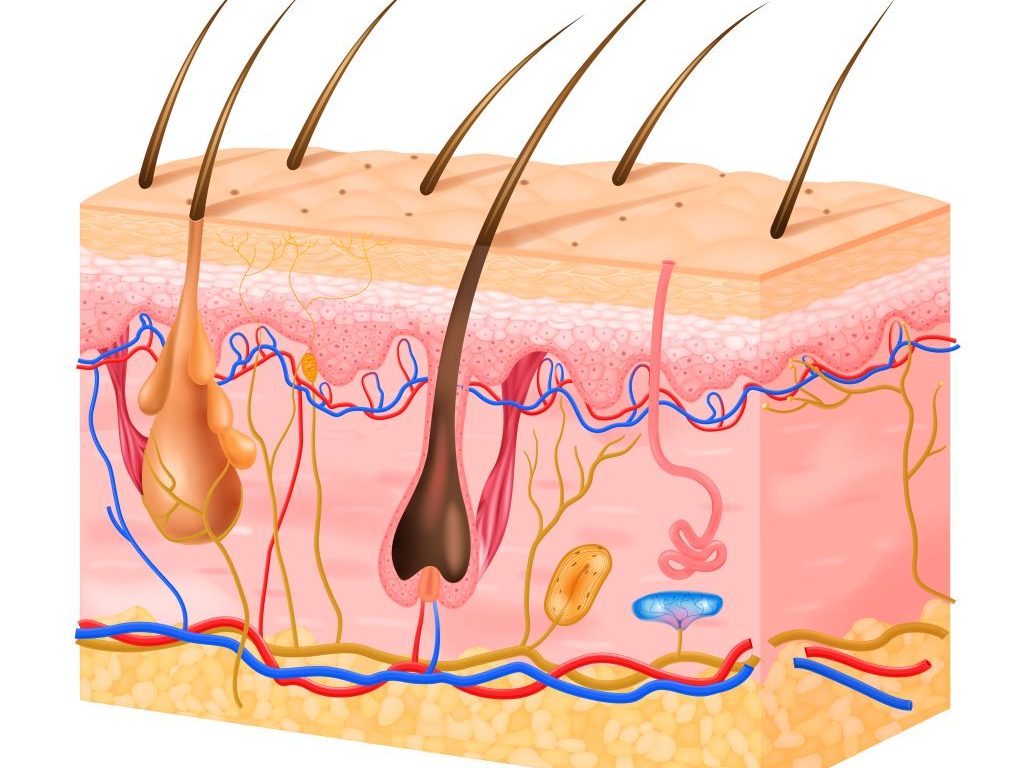
Researchers have shown for the first time that haemoglobin, a protein found in red blood cells where it binds oxygen, is also present in the epidermis. The study, which appears in the Journal of Investigative Dermatology, published by Elsevier, provides important insights into the properties of the skin’s protective external layer.
This research was driven by a curiosity about the protective role of the epidermis and what unexpected molecules are expressed in it. Researchers discovered the haemoglobin α protein in keratinocytes of the epidermis and in hair follicles. This unexpected evidence adds a new facet to the understanding of the workings of the skin’s defence mechanisms.
Lead investigator of the study Masayuki Amagai, MD, PhD, Department of Dermatology, Keio University School of Medicine, Tokyo, and Laboratory for Skin Homeostasis, RIKEN Center for Integrative Medical Sciences, Yokohama, explains: “The epidermis consists of keratinised stratified squamous epithelium, which is primarily composed of keratinocytes. Previous studies have identified the expression of various genes with protective functions in keratinocytes during their differentiation and formation of the outer skin barrier. However, other barrier-related genes escaped prior detection because of difficulties obtaining adequate amounts of isolated terminally differentiated keratinocytes for transcriptome analysis.”
Haemoglobin binds gases such as oxygen, carbon dioxide, and nitric oxide, and it is an iron carrier via the heme complex. These properties make epidermal haemoglobin a prime candidate for antioxidant activity and potentially other roles in barrier function.
Professor Amagai continues: “We conducted a comparative transcriptome analysis of the whole and upper epidermis, both of which were enzymatically separated as cell sheets from human and mouse skin. We discovered that the genes responsible for producing haemoglobin were highly active in the upper part of the epidermis. To confirm our findings, we used immunostaining to visualise the presence of haemoglobin α protein in keratinocytes of the upper epidermis.”
Professor Amagai concludes: “Our study showed that epidermal haemoglobin was upregulated by oxidative stress and inhibited the production of reactive oxygen species in human keratinocyte cell cultures. Our findings suggest that haemoglobin α protects keratinocytes from oxidative stress derived from external or internal sources such as UV irradiation and impaired mitochondrial function, respectively. Therefore, the expression of haemoglobin by keratinocytes represents an endogenous defence mechanism against skin aging and skin cancer.”
Source: EurekAlert!

